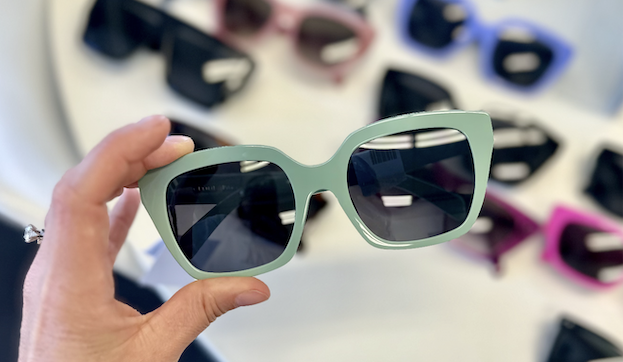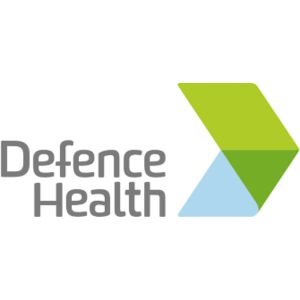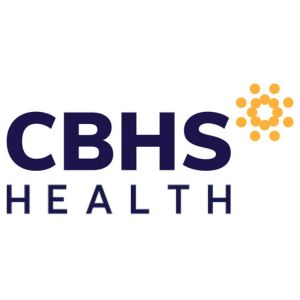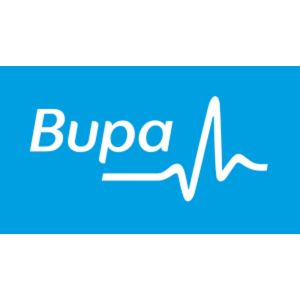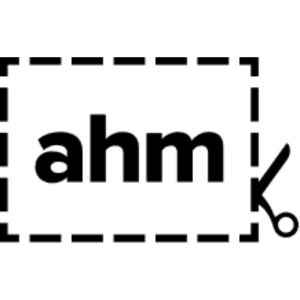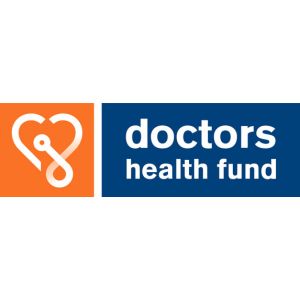Emma completed a Bachelor of Nursing at Flinders University in 2016, during which time she developed a strong understanding of the human body and developed the empathy necessary for the provision of optimal healthcare. Emma then went on to complete a Bachelor of Medical Science (Vision Science), Master of Optometry at Flinders University and is now a therapeutically endorsed Optometrist and a member of Optometry Australia.
Throughout her studies, Emma received several awards for academic excellence and leadership and was the recipient of the Paediatric Clinical Optometry Award.
Emma has an interest in Paediatric vision and enjoys performing eye testing at schools to help every child reach their full leaning potential. Emma is also our resident Orthokerotology expert (OrthoK) and assesses and prescribes orthoK for myopia control.
When she is not consulting, Emma enjoys spending time outdoors with a great book and listening to music. You can find Emma consulting at our Unley, Burnsider and Colonnades practices.
Here are Emma’s tips on MYOPIA:
What is myopia?
Myopia or shortsightedness is when things up close are clear but distance is blurry. A person with myopia can read books and use their phone, but the whiteboard at school, TV or driving vision may be fuzzy.
What causes myopia?
We don’t know exactly what causes myopia, though we do know that genetics and environmental factors play a role in development and progression. The odds of becoming myopic increase when one or both parents are themselves myopic, with odds ratios of 1.42 for children with one myopic parent and 2.70 if both parents are myopic. Further, children who spend more time on near work and less time outdoors are at increased risk of developing myopia.
Should I be concerned about myopia?
The Brian Holden Vision Institute has predicted that by 2050, half of the world’s population will be myopic. Higher levels of myopia are linked to increased risk of cataract, retinal detachment and myopic maculopathy with subsequent vision impairment and blindness. Hence, treatments designed to slow myopia progression are prescribed to reduce the risk of visual impairment from the above pathologies.
What are my treatment options?
- Environmental advice such as spending 2 hours outdoors each day and trying to keep near work after school to 2 hours or less, taking breaks from near work after 20 minutes and avoiding very close reading distances by maintaining an elbows length.
- Optical treatments such as myopia controlling spectacles or contact lenses, with the addition of atropine if optical correction is not sufficient for adequate myopia control.
- Binocular vision anomalies such as esophoria and accommodative lag may also be detected and managed to provide an additional benefit for myopia control.
We have access to all treatment options, and are therefore able to prescribe the very best for your patients, based on the latest evidence.
| Type of Vision Correction | Effect on slowing myopia progression |
| Normal glasses and contact lenses | 0% (progression of 0.5 – 1D/year) |
| Progressive/bifocal glasses | 20-55% |
| MiYOSMART (special spectacle lens design) | 60% |
| Multifocal soft contact lenses | 30-50% |
| Orthokeratology (special design rigid contact lens) | 30-60% |
| Atropine 0.01% – 1% (daily drops to limit focusing ability) | 30-80%
now only used as second line treatment |
Why is it so important to have a regular eye check?
Myopia control is a constantly evolving field. Your patients’ eyes should be checked every six months to ensure that myopia progression is being minimised and they are receiving the most up to date treatment.
Focus on ortho-k
What is Ortho-K?
Ortho-K is a hard contact lens that is used to reshape the cornea and improve vision. The lenses are usually worn every night like a retainer after wearing braces to straighten teeth.
Who is Ortho-K for?
Ortho-K can be used to correct near-sightedness (myopia), long-sightedness (hyperopia) and small degrees of astigmatism. Wearing the lenses each night to reshape the cornea reduces dependency on other forms of correction such as glasses or contact lenses. Ortho-K is also one of the methods of slowing myopia progression.
How does ortho-K work?
To reduce the level of myopia, ortho-k lenses are worn overnight to flatten the cornea and change the power of the eye. The lenses are hard so that they can reshape the cornea and gas permeable to keep the eyes healthy.
When ortho-k lenses are removed the cornea stays flattened for a while and vision is corrected without the need for glasses. If you stop wearing the lenses at night, your eyes will eventually go back to their original shape and the refractive error will return. You have to keep wearing the lenses regularly to keep the vision corrected.
What should I expect from ortho-K?
After the first night of wearing your ortho-k lenses there will be an improvement in vision. However, as it may take 2 weeks or longer to achieve maximum vision correction, glasses or contact lenses may need to be worn during the day for good vision in the meantime.
Until you get used to them, you will probably feel the lenses on your eyes until you fall asleep. With time, they usually become more comfortable.
After your fitting appointment, you will require a follow-up appointment when your lenses arrive so your optometrist can teach you how to use them. The next appointment will be the morning after the first night of wear to determine if the lenses fit correctly and if there has been an improvement in vision. Following this, we will generally review safety and efficacy of lenses at 1, 3 and 6 months, though this schedule varies between each individual.
Is Ortho-K safe?
There is a small risk of eye infection when using ortho-k lenses with one study reporting the incidence as less than 1%. This risk can be reduced with good contact lens care, hand hygiene, and regular contact lens aftercare visits.





